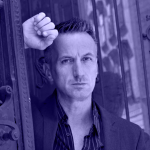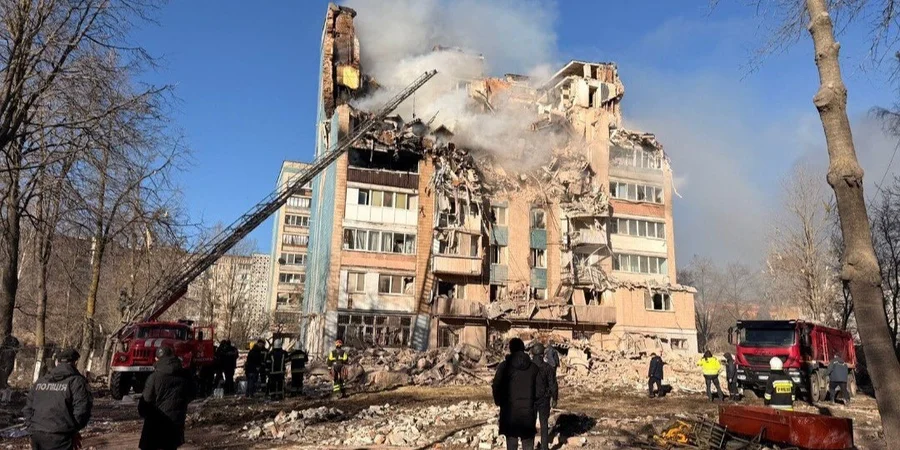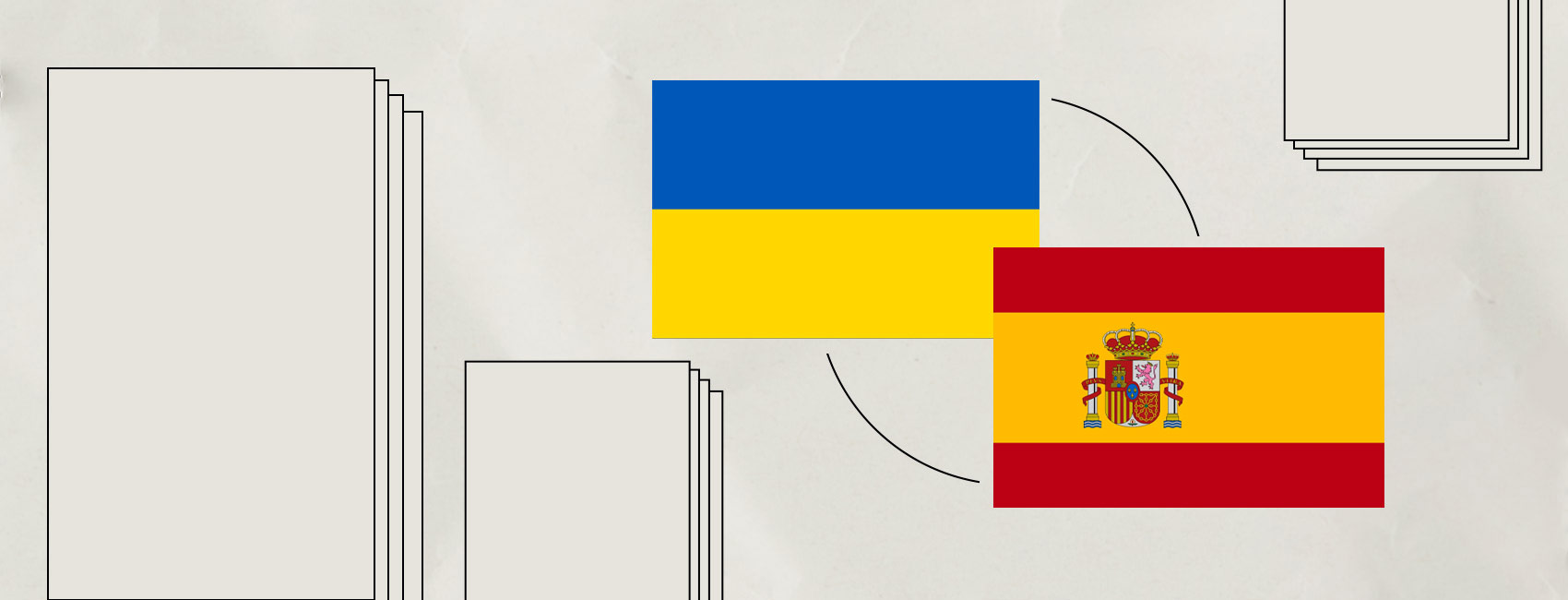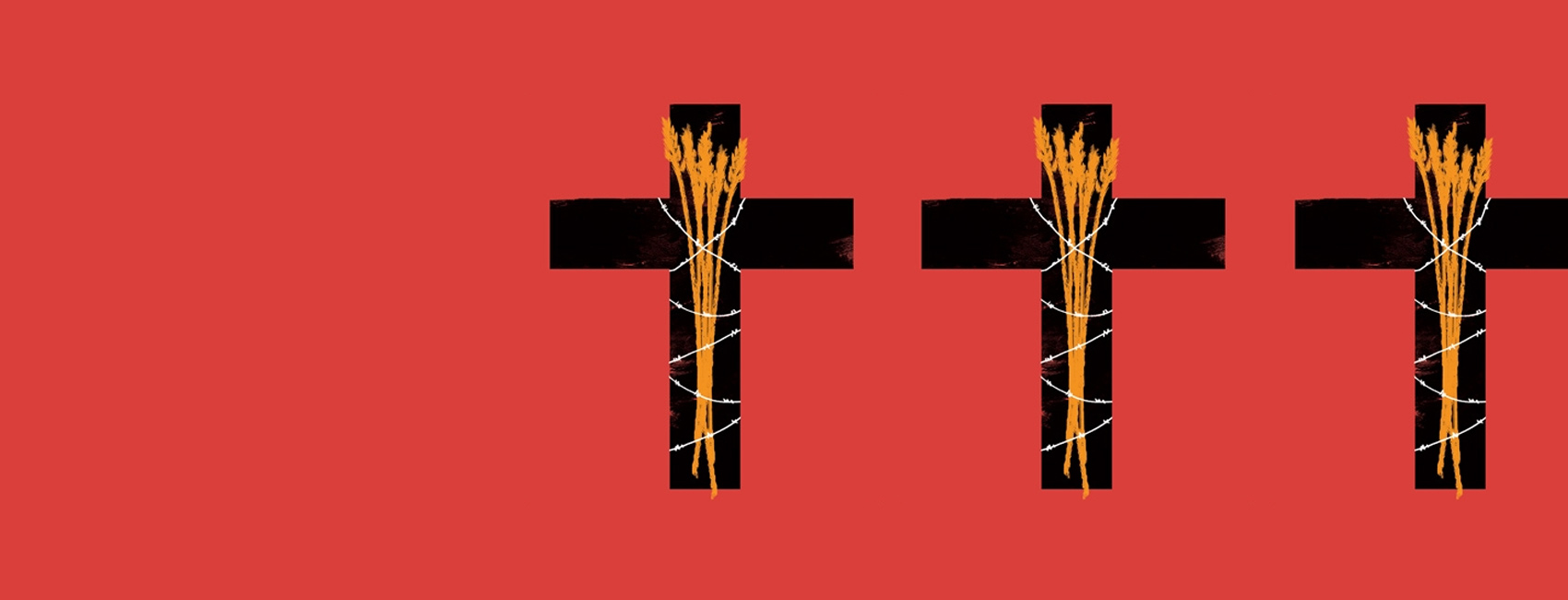* ESC - close the search window
Chytomo Picks
Review: ‘Ukrainian Dissidents under Soviet Power’
10.07.2024
If I start this review with the word excellent, it might be seen as a spoiler. So, before I use that word again, allow me to explain my thoughts on this book.
“Ukrainian Dissidents under Soviet Power” is a collection of interviews taken by Vakhtang Kipiani since the 1990s, issued by a German publishing house ibidem-Verlag. Understanding just how high-quality this book is necessitates learning about its author.
Kipiani is a Ukrainian historian and journalist of Georgian origin who became popular for his Ukrainian newspaper articles and TV programs. As editor-in-chief of the newspaper “Історична правда” (Historical Truth), we see that his strength and focus lie in exactly that: reporting unfiltered history.
“That was the official theory in the nineteenth century: that there is no Ukraine, that the Germans invented Ukraine to separate this very rich country from Russia. Now they are restoring all that.”
This quote is from Kipiani’s interview with the historian and dissident, Valentyn Moroz, summarizing a central theme of Soviet propaganda, which includes extinguishing the Ukrainian language, culture, and even history. His quote could explain why regular people who wanted to believe in the greatness of Russia, would stand behind the KGB and Soviet regime, making the work of those who opposed the Russian regime even more difficult. Not only must dissidents battle the lies sown like seeds over the years about Ukraine and its history, they must also combat the repression of its people.
Crimean Tatar Mustafa Džemiljev, a Ukrainian politician and human rights activist who was interviewed for this collection, speaks of his childhood, when the Tatars, the indigenous people of Crimea, were banned from Crimea. Overnight, they were forced from their homes and resettled in Central Asia. Here they were watched, banned from travel, and kept from attending school beyond seventh grade. Yosyf Zisels confirmed in his interview that also the Jews were strictly limited in their freedom. Together, these interviews illustrate clearly how minorities were repressed during the Soviet era.
Reading through the interviews transports you back to the USSR of the 1960s and 70s, giving you an authentic impression of this time. The interviewees’ stories provide an insider clique as they speak of the Ukrainian Helsinki Group, Ural Colony, Mordovia and its prison camps, and even the names of writers, dissidents, and cellmates.
By the end of the interviews, the readers feel they know them all personally. Even if you have never heard of the groups or people before, you quickly make connections and see how each person was a puzzle piece influencing their time and place. Each activist was somehow always connected to the whole. Kipiani shows us how each person influenced and reformed the bent and broken Soviet society, the next generation of dissidents.
This chain of influences and acquaintanceships is clearly shown as Kipiani quotes Vasyl Ovsienko, writer, activist, and member of the Ukrainian Helsinki Group:
“This shows that Ukraine has never stopped resisting the totalitarian regime. There was always a struggle. In this particularly strict concentration camp of the regime, 54 people served their sentences, including such world-famous personalities as Oleksa Tykhy (who died there), Yuriy Lytvyn (who also died there), Valeriy Marchenko and Vasyl Stus. Levko Lukianenko, Mykhailo Horyn, the writer Oles Berdnyk, the poet Ivan Sokulsky, Ivan Kandyba, Hryhoriy Prykhodko and others should also be mentioned. I had to spend six years behind bars there.”
Ovsienko personally knew Vasyl Stus and how it psychologically affected him.
“It is extremely difficult for a creative person to be behind bars. But you know, if this personality had not been under these conditions, then the poems would not have turned out like this, of course. It’s one thing to write at a desk, and it’s another to write under extreme conditions where you’re over-excited, where your nerves are tense like a spring. The work is made up of emotions, it’s a whole tangle of twisted emotions.”
To emphasize how the prisoners not only influenced each other but supported each other, Ovsienko explains how many of Stus poems were saved. “So the notebook was taken away, Vasyl believes that there are no more poems, and he is now sitting in a punishment cell. Michail Chejfec, a Russian-speaking Jewish writer from Leningrad, tells me in a whisper as we walk that he has kept some poems, drafts. To prevent them from being taken away from us again, we have to learn them by heart.”
Remember that he was a Russian-speaking man. He didn’t know Ukrainian, but when he saw who was sitting next to him — that the Ukrainians were the foundation of this concentration camp and that a brilliant personality was sitting next to him writing brilliant poems — he began to take an interest in the Ukrainians. He asked us to speak to him in Ukrainian, read in Ukrainian, and suggested that we memorize the poems. But these poems are as heavy as stones.”
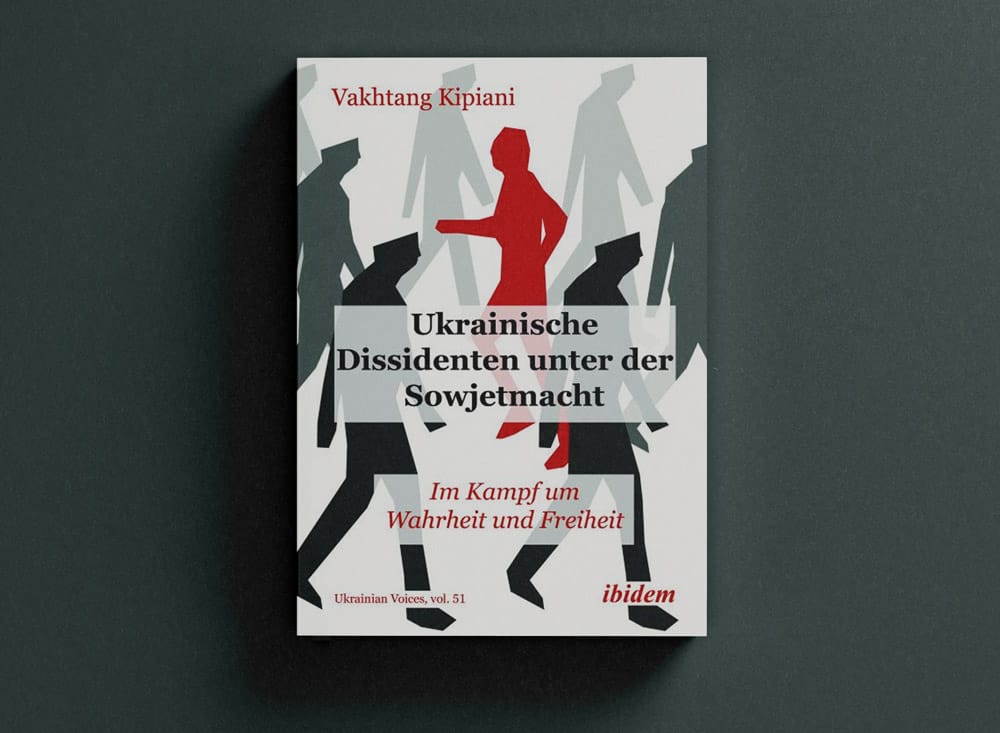
Not only Ukrainians are interviewed, which makes me question the title of Kipian’s book a bit. But the colorful mix of interviews is connected through clear lines of thought centered on Ukraine. Not all interviewees are likable, which left me with a bitter-sweet aftertaste. All the same, the book is infused with an honest, authentic, and yet very Soviet feel. Despite all the consequences and hurdles these people survived, all these dissidents show similar traits, like strength in speaking what they believe, as well as long suffering, patience, and the endurance of their hope for change.
Thanks to the flow of insider information, the reader sees that each interviewee chewed on his thoughts and can now give us clear insights into the complex game of politics. We also can see that historical facts and opinions can influence and create political change. Nonetheless, the book also raises questions.
Can one today still change politics through “Samizdat” (Samvydav in Ukrainian or Self-Publishing in English) or discussions? Can a handful of activists or dissidents make waves in society or in politics? The dissidents mentioned in this book were carpenters, poets, miners, artists, and dentists who slid into politics by reading, understanding, and challenging the system. What could this group of people have that the KGB and the dictators feared? What do we have that the dictators of today fear?
This complex matrix of people steered history in the 1960s and 70s, leading to the changes in the 80s and 90s. Some impacted society from the jail cell, others from secret groups meeting in the forest. Some even hid in their apartments sharing poems, hoping that the police were not listening in. Many influenced society before and after their time in jail. Some were seen as legends and heroes, but from their cells in the political prisoner camps they did not even know it.
Now I can say this was an excellent book. Even for a reader who may have never learned about the end of the Soviet era, it is a chance to get to know the movements that influenced Perestroika and Glasnost. In reading this book, you will witness the dissidents of the past creating hope for the future, showing us that vision and expression lead to change. They prove with their sacrifice that the written word is holy and holds the power to change history. This book not only informs us historically but inspires us for times to come.
Team of authors: Mark Allen Klenk, Valentyna Vsdulska
Copy editing: Lea Ann Douglas, Terra Friedman
The publication is a part of the “Chytomo Picks: Classics and New Books from Ukraine” project. The materials have been prepared with the assistance of the Ukrainian Book Institute at the expense of the state budget. The author’s opinion may not coincide with the official position of the Ukrainian Book Institute.
This publication is sponsored by the Chytomo’s Patreon community
